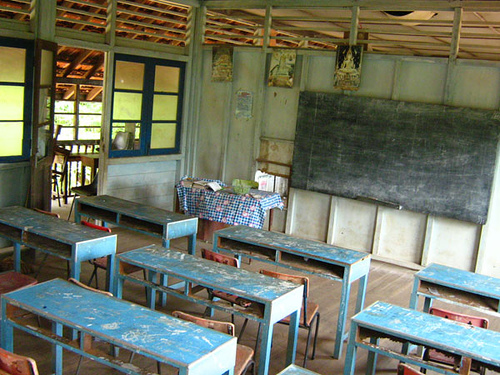While writing 100,000 words of copy* last year, and working on web content projects large and small, I learned a few things. Here’s a short summary:
– Preparation is key.
– Structure is vital.
– Creativity must not be left behind.
Preparation is key
On most projects, I decide how they begin. And while my clients often want to see copy immediately, I enforce a process so that we don’t waste time writing copy that’s wrong.
Before writing a single word I insist on defining a brief. This sounds obvious but many clients don’t supply a brief, and I typically meet clients in person to establish their requirements. You can easily have a pseudo-brief that exists in a scattering of emails, a blur of conversations and a voicemail addendum. It takes a little time to consolidate all these notes and details into a single brief, but once it’s complete you can be certain that everyone is expecting the same results from the project.
Once the brief is established I like to conduct research. This could be as quick as me noodling about on the Internet, or as comprehensive as a series of stakeholder interviews, as I did in December for the Kier Group. However involved the research, it’s important to do the necessary groundwork.
Following this, it’s time to work on structure.
Structure is vital
Writing web copy is a creative process, but it’s one that benefits from having a structure. And by structure I mean the shape of the content as well as the organisation of the project.
Careful and thoughtful planning are essential on larger web content projects. It’s easy to dive in and start writing anything that needs words, but jumping in without establishing a structure can lead to problems later on.
Before writing anything I work with the client to establish:
1.Content priorities and roadblocks. What content should we work on first? What content must wait?
2. Content sources. Where is information coming from? What information will be challenging to find?
3. Content flow. How will we deliver completed copy? And how will copy be sent back for revisions?
4. Content shape. What should the pages look like? Where will the copy sit, and what lies alongside it?
5. Content objectives. What should the copy achieve?
Creativity must live!
All this planning and preparing can kill the spontaneity and energy that usually invigorates the creative process. By preparing the crap out of your project, you can end up feeling as though everything is decided, as though the words have been written, you just haven’t typed them out yet.
To retain life and energy in copy I like to take breaks from staring at a monitor and do something else for a while. It seems as though a change of stimulus can be enough to reactivate those creative brain cells. That, or BOOZE.
*number may or may not be accurate.


Comments
Leave a comment